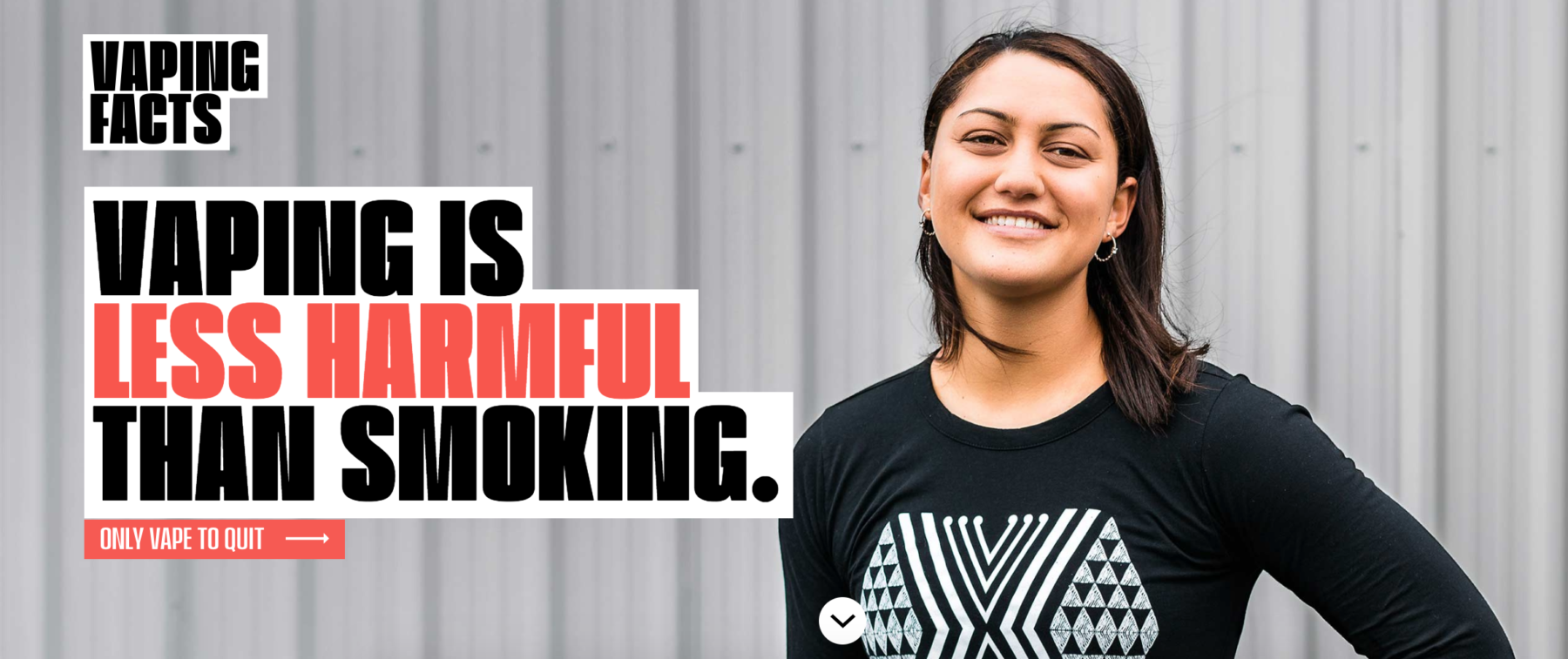The New Zealand government has launched an online resource endorsing—and educating about— vaping products as valuable harm reduction tools for current smokers.
The Ministry of Health’s new project website, “Vaping Facts,” went live on June 9. It has three sections: addressing what exactly vaping is; describing the effects of vaping versus smoking combustible tobacco; and advising on the utilization of vaping products to stop smoking.
The website is a “centralised, credible source of information,” said New Zealand Health Minister Jenny Salesa, that will hopefully reach adults and their whānau, or Māori extended family. The site emphasizes the importance of connecting Māori women—who have a disproportionately high smoking rate of 32.5 percent, compared with the country’s overall rate of 13.8 percent—with facts and advice on vaping.
That emphasis is welcome when a tobacco control measure recently launched by Salesa—banning smoking and vaping in cars when minors are present—has been criticized by experts and advocates like Filter contributor Dr. Marewa Glover for its anticipated disproportionate criminalization of Māori women.
In addition to the general need to encourage smokers to use an alternative estimated by Public Health England to be 95 percent safer than smoking—and found by a major study this year to be roughly twice as effective as nicotine gums and patches in helping people switch—the website was launched in response to New Zealanders’ expressed interest in learning about vaping products.
“We know through Google data there is a massive unmet need of search requests for information on vaping,” said Salesa. “The ‘vapingfacts’ website means people won’t have to resort to unreliable sources like YouTube videos and overseas sites.”
Salesa and the website challenge popular criticisms of vaping. While recognizing that vaping products are “not harmless to health,” but instead simply “much less harmful than smoking,” Salesa rejects the idea, popular in the United States, that providing tobacco harm reduction information will encourage young people to take up vaping. “Some people worry that vaping might be a ‘gateway’ to smoking for young people, but there is no clear evidence for this.”
Smoking prevalence amongst New Zealand teens aged 15-17 dropped from 14 percent in 2006/2007 to 3 percent in 2017/2018. As teens are quitting smoking, they are, according to Salesa, turning to vaping.
The importance of switching to a less harmful alternative is underscored by smoking-related mortality rates. According to Salesa, around 5,000 people in New Zealand die from smoking each year.





Show Comments